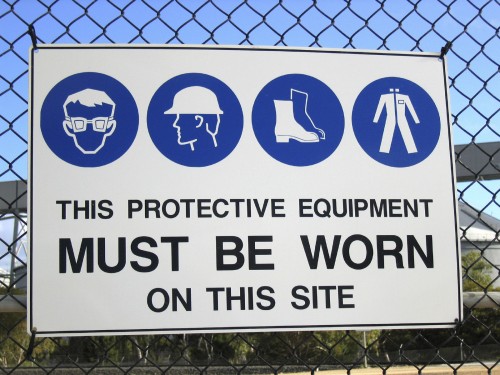
Never known for its distinctive skyline, the profile of Los Angeles is undergoing a massive face-lift thanks to a number of downtown construction projects. More than three-dozen major building projects are in the works, and Los Angeles utility location markers, cranes, and concrete trucks are everywhere. Admittedly, the construction projects in the already congested downtown area cause a world of hassles for pedestrians and drivers trying to wind their way through the ever-changing maze, but the money and jobs pouring into the city are staggering. Not since the “Roaring Twenties” has Los Angeles experienced such a building boom.
The explosion of downtown construction sites includes multiple $1 billion projects, including the four-tower Metropolis complex and the recently opened Wilshire Grand Center. Crowned by a gracefully curving architectural homage to Yosemite’s iconic Half Dome, the Wilshire Grand rises to 1,100 feet, making it the tallest building west of Chicago.
What links all of these projects, from the grandest tower to the humblest apartment complex, is the need for Los Angeles utility location professionals. California requires that any excavation projects follow preliminary safety procedures, including a call to 811 DigAlert. All of those rainbow-colored hieroglyphics painted on the ground indicate the type of utility that lies buried beneath the surface. Any utility communication, or security company that has subterranean lines or equipment must indicate the approximate location before any digging can begin at a site, but it takes ground penetrating radar (GPR) to pinpoint their depth and location more accurately.
GPR has come a long way in the last three decades and has proven to be invaluable on construction sites. GPR technicians can determine the location and depth of buried pipes, cables, wires, and other obstructions buried beneath soil or within concrete. In a city like Los Angels utility location can be challenging; all manner of utilities, both current and long out-of-service, vie for underground space. Learning the subterranean landscape before digging or drilling is imperative to the safety and efficiency of any construction project.
